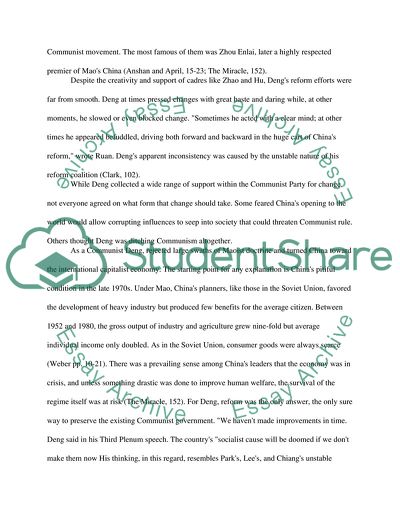Cite this document
(Economic Development Strategies of China after WWII Essay - 1, n.d.)
Economic Development Strategies of China after WWII Essay - 1. https://studentshare.org/macro-microeconomics/1862818-economic-development-strategies-of-china-after-wwii
Economic Development Strategies of China after WWII Essay - 1. https://studentshare.org/macro-microeconomics/1862818-economic-development-strategies-of-china-after-wwii
(Economic Development Strategies of China After WWII Essay - 1)
Economic Development Strategies of China After WWII Essay - 1. https://studentshare.org/macro-microeconomics/1862818-economic-development-strategies-of-china-after-wwii.
Economic Development Strategies of China After WWII Essay - 1. https://studentshare.org/macro-microeconomics/1862818-economic-development-strategies-of-china-after-wwii.
“Economic Development Strategies of China After WWII Essay - 1”. https://studentshare.org/macro-microeconomics/1862818-economic-development-strategies-of-china-after-wwii.


